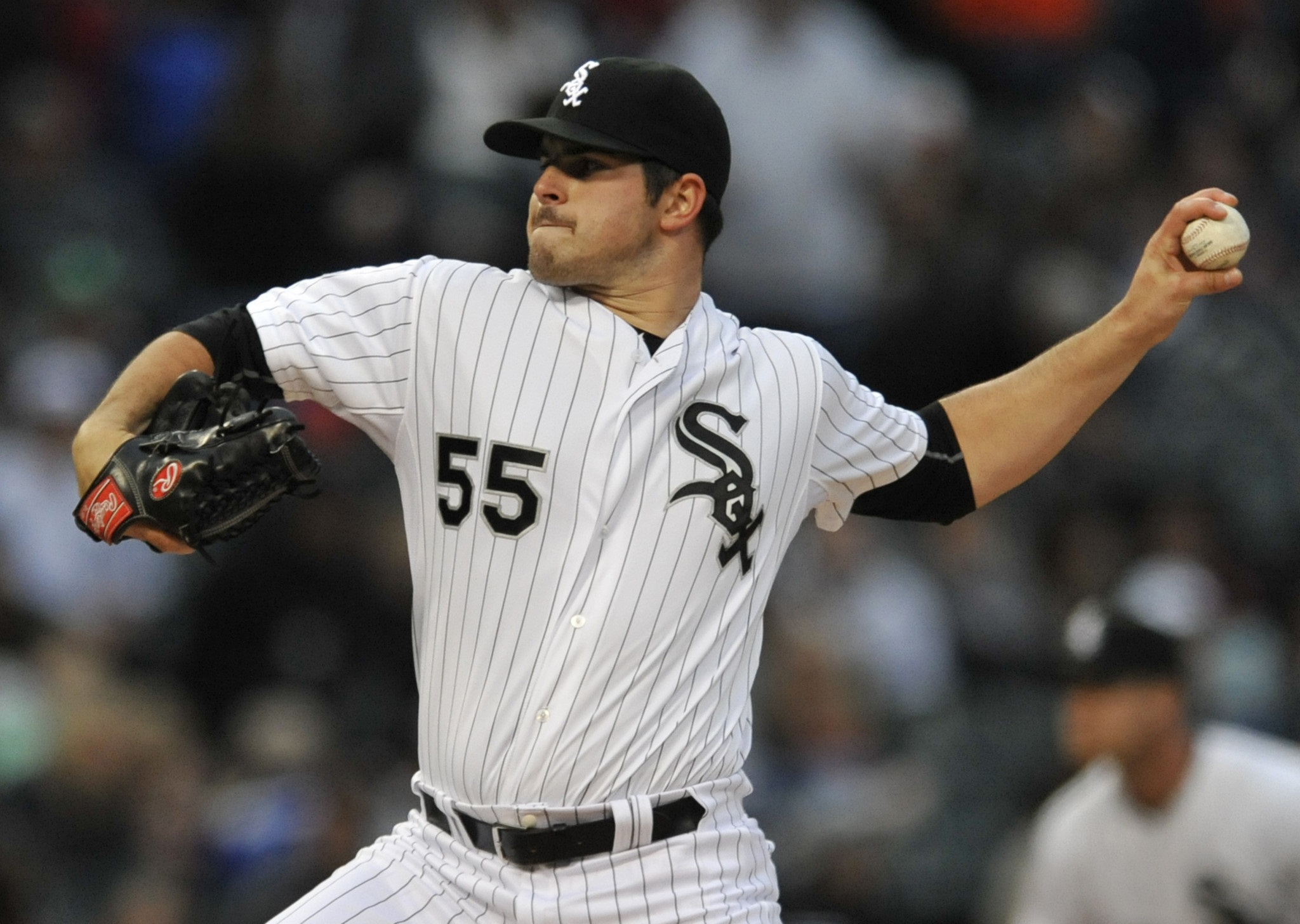Is There Steak on This Salad?
In life, as in DFS, when we pay a premium for something, we generally do so with the idea that the additional cost will result in either an added element of Consistency or Upside. For instance, let’s say that an individual orders an expensive steak at an established upscale restaurant or the newest trendy spot in town. That person is willing to pay more than the steak is “worth” because the extra benefit(s) in theory are worth the added expense.
Now, compare this to an individual who frequents these same restaurants and orders not a steak but a wedge salad. Due to the upscale nature of these establishments, this patron is paying a comparable premium for what is assumed to be a “safe” option.
But even if the salad is a “safe” choice in comparison to other items on the menu, it’s also unlikely that the salad is amazing enough to warrant the additional cost. [Editor’s Note: Of course it doesn’t warrant the additional cost. It’s a f*cking salad. Is there steak on this salad?] In all probability, the “safety” provided by this salad could have been obtained for a lesser price elsewhere.
We Can Stop Talking About Salad
Now that I’ve alienated all of the wedge salad lovers among our readership, let’s get to the DFS entree.
Whereas in other major DFS sports we can pay up for superstars and get enhanced Consistency, in MLB DFS we don’t normally get that Consistency with high-priced batters. At the same time, when we roster expensive batters, in theory we are getting the potential for more Upside, usually in the form of home runs or extra base hits.
And so a question arises: Are premium-priced players who lack elite power worth the cost?
Power Outage
Let’s examine this question through the lens of our Trends tool.
I’ll be using a minimum price of $5,000 on DraftKings (DK) to quantify “premium priced.” I’ll also use the FanGraphs’ definition of a “Great” ISO average, .200, to quantify “elite power.” And, via our ISO Split filter, I’ll also be taking into account the handedness of the opposing pitcher.
First off, we need to set a baseline for what type of production we can expect to receive from a premium-priced player.

Next, let’s examine the returns we should expect from a premium-priced player who lacks elite power.

For the sake of comparison, let’s also take a look at premium-priced players who possess elite power.

All other variables aside, opting to roster a premium-priced player with elite power (instead of one without elite power) will net you an average Plus/Minus +0.26 higher. You’ll also get an extra 1.2 percentage points in Consistency. So not only are you getting power, but you’re also getting a little more safety.
More Power, More Problems
So it’s pretty clear. Rostering a player with elite power certainly makes sense in a vacuum . . . but DFS doesn’t occur in a vacuum. It occurs in a market.
The public is generally drawn to the players with elite power. They are expected to do better than the players without power. As a result, premium-priced power hitters usually are rostered in an inflated percentage of tournament lineups, which in turn reduces the benefit they add to lineups, particularly in large tournaments in which more than a quarter of the field might share a player in common.
So . . . are premium-priced players who lack elite power worth the cost?
In a vacuum, no.
In a market, maybe.
The Right Spots
If we can roster these high-priced “powerless” players in opportune spots, then perhaps they may be worth the premiums they bear.
In general, we can (probably?) assume that if a player is priced no lower than $5,000 on DK then there’s a reason he’s expensive. It’s up to us to discover what that reason is.
There are two profiles of players I typically associate with the upper tiers of DK’s price range:
- The aforementioned power hitters.
- Contact hitters who are in prime spots both to score and to drive in runs.
In order to score runs, contact hitters must largely rely on their teammates to get on base (and thus give them more at-bat opportunities) and, of course, to drive them in. And for that to happen it helps if these players are in the right spots — if they are in hitter-friendly stadiums or have positive Vegas indicators.
To target premium-priced non-power hitters who might be in the right spots, I’ve altered the previous -0.04 Plus/Minus trend to include the filters for Park Factor (set to “50 to 100”) and Vegas Score (set to “50 to 100”:

Although these players lack elite power, they definitely are worth their cost when their surrounding conditions are favorable.
The Value is There . . . Sometimes
The cost of rostering a premium-priced hitter without power will oftentimes be greater than it should be. But if we can identify opportune spots in which these players tend to have success then rostering them can be profitable.
Essentially, if you ever find that you must pass over a ribeye for a wedge sala —
[Editor’s Note: Sorry to cut you off there, but I’m afraid that we’ve had enough of that. The next time you use a food metaphor, I’m going to send you to bed without dinner.]





